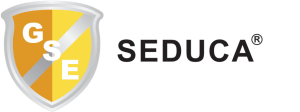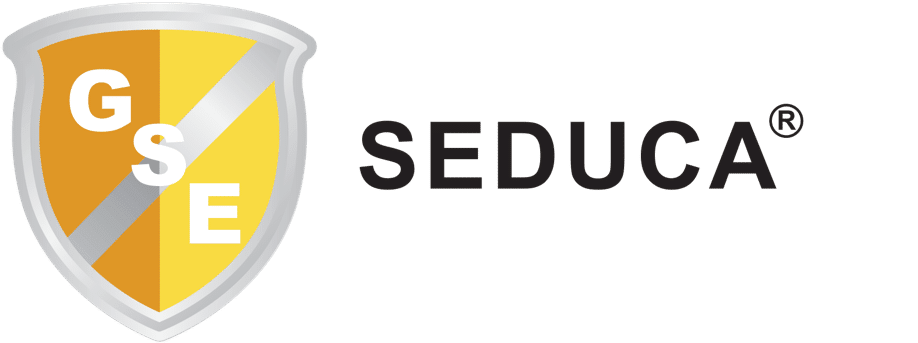We saw with amazement what was happening in China in the months of November and December 2019, but little by little Covid_19 also reached Latin America and Panama, being Panama a country of high international traffic, did not escape this pandemic.
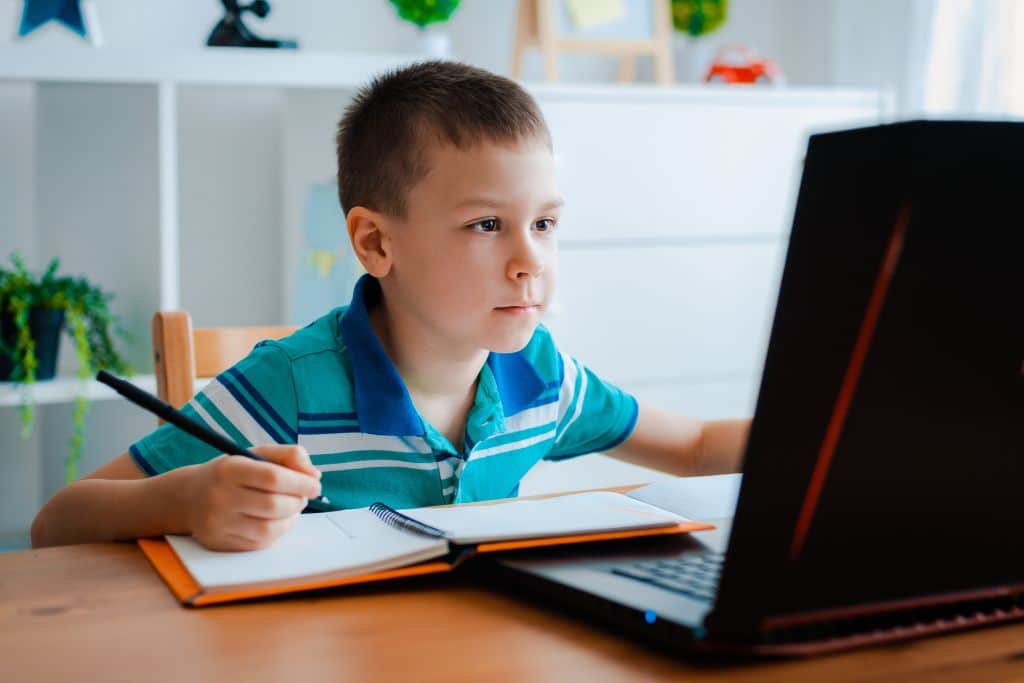
That is how in Panama one day we woke up with the schools closed without having a precise idea of their reopening. We are faced with the need to rethink the educational model and adapt it to the times of social isolation. So, being Panama a country with face-to-face education, we found ourselves in the need of having to explore the world of virtual education.
In Panama, some schools were ready for this new modality, however, most saw the need to improvise, develop or search for tools and platforms that would allow them to venture into methodologies managed with adequate technology to supply teaching materials to their students, remotely or virtual.
Perhaps this experience should make us reflect on the importance of new educational methodologies, always considered, but little applied in the daily routine of teaching classes.
The objective should be to understand the potential of virtual education and use this methodology as a daily support and not only during periods of emergencies, perhaps seeking a combination of traditional education with distance or virtual education, resulting in a mixed education, adjusting it to the realities of Panama.
From Classic or Traditional education to e-Learning: The pros and cons
The origins and concepts of distance education are not new, its beginnings go back to Classical Greece, when the phenomenon of epistolography (letter writing) began to be cultivated, which in many cases had a formative purpose when the missives were addressed to disciples, family or friends who were at a distance or who would read the missives after several years. In fact, some parents left epistolographic testimony to their children, to whom perhaps they would not have the possibility of educating as adults.
The first documented example of correspondence training (a name that will be inherited for many years by distance learning) dates back to the 19th century, it was 1828, when Professor Caleb Philipps (Professor of Calligraphy) who published in the Boston Gazette, an advertisement offering teaching materials and correspondence tutoring.
It was around the first half of the eighteen hundred, beginning in the year 1840, when in England Isaac Pitman began a system of teaching shorthand by correspondence, based on sending cards and receiving the students’ exercises for correction. In fact, the Phonographic Correspondence Society was founded in 1843, which we could consider the first “regulated” distance training institution. This society was in charge of receiving, correcting and sending the shorthand exercises of the students who followed the correspondence course.
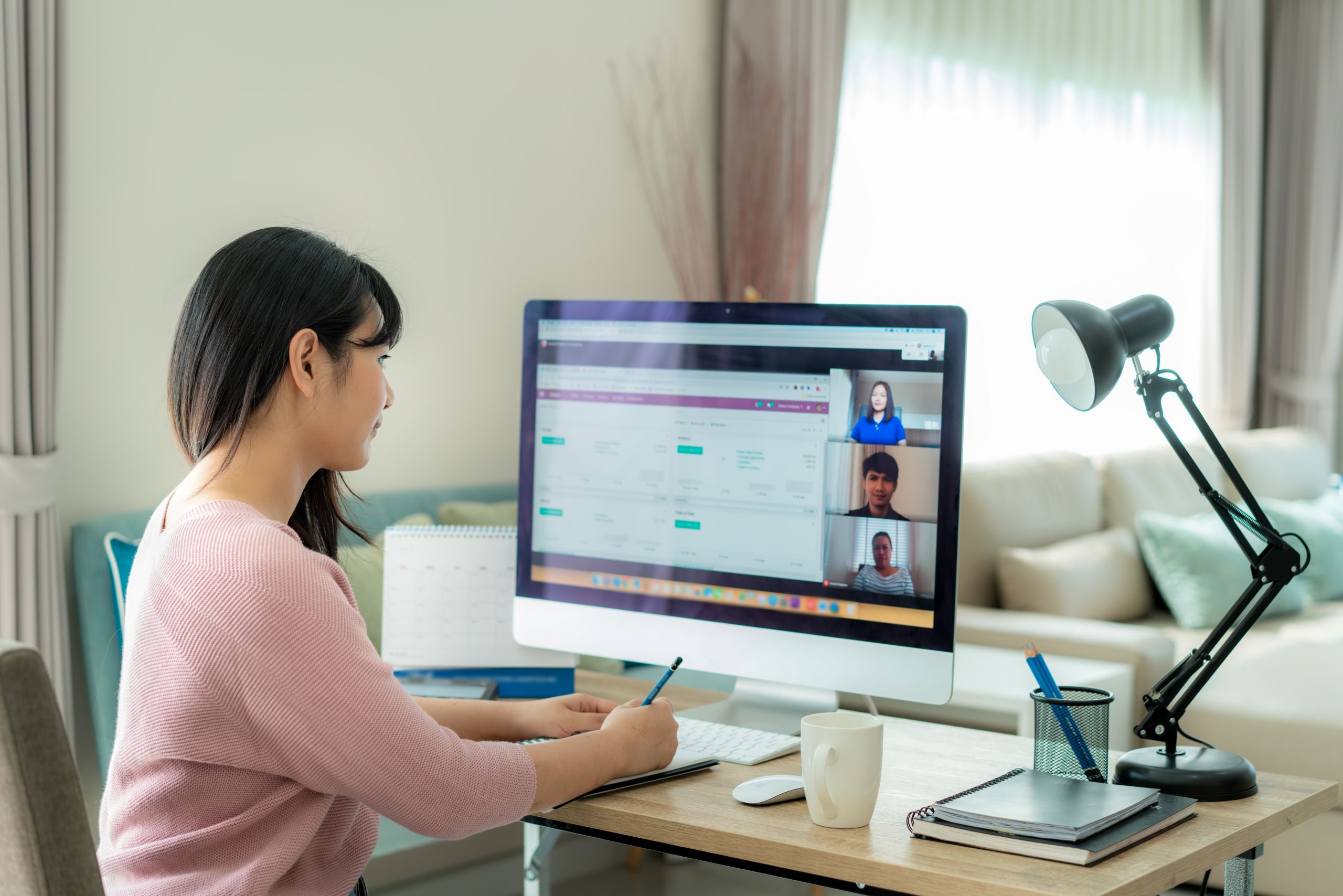
After a few years, meeting in 1903, Julio Cervera Babiera, founded in Valencia Spain, the Free School of Engineers. We will have to wait until 1962 to attend the first distance radio high school experience.
In 1969, the British Open University was founded, for a few years after giving way in 1972 to the creation of the National University of Distance Education (UNED), currently one of the largest distance learning centers in the world.
E-Learning belongs to the third generation of distance education, the one that is developed with computer technologies that, compared to previous generations, allows us to recover the assumptions of social learning.
In this generation of virtual education, two macro-systems stand out; one based on the materials made available, which generates individual and assisted learning, and the other, on the network that allows cooperative and collaborative learning, through the use of work groups, and the use of communities of practice.
In the specific case of Panama, the virtual or distance education modality is still a recent model. Education in Panama has been and continues to be face-to-face in all compulsory educational centers. However, the worldwide trend is that of virtual or distance education and Panama does not escape this reality, which is increasing more every day, to the point that it has been realized by educational centers in Panama that after the end of this pandemic, they could not function without a technological platform that supports mixed education (Presence – Virtual).
E-Learning
Let’s analyze what are the opportunities of E-learning. Compared to classical education, its best distinguishing feature is the greater attention to the interaction between those involved in the educational process. Both students, parents, teachers and school administrators, must be 100% involved in this new virtual education process.
The key element in the conceptual development of this model is the idea of communication and learning as social processes. This does not mean that the e-learning mode is better than other training methods, each type of training has its own peculiar characteristics that make it more functional for certain training contexts than for others. So much so that even in the most rigorous third-generation distance training, there are face-to-face meetings at the beginning and end of each online training cycle.
Face-to-face training can undoubtedly have some indisputable advantages, firstly familiarity with this type of situation for both the teacher and the student, secondly, the possibility that the teacher can calibrate and possibly correct some topics during the lesson thanks to the feedback it receives, the immediate reactions that reveal the questions, gestures and expressions on the faces of the students, Finally, the physical closeness of the students who manage to create interest groups and work together to achieve the training goals.
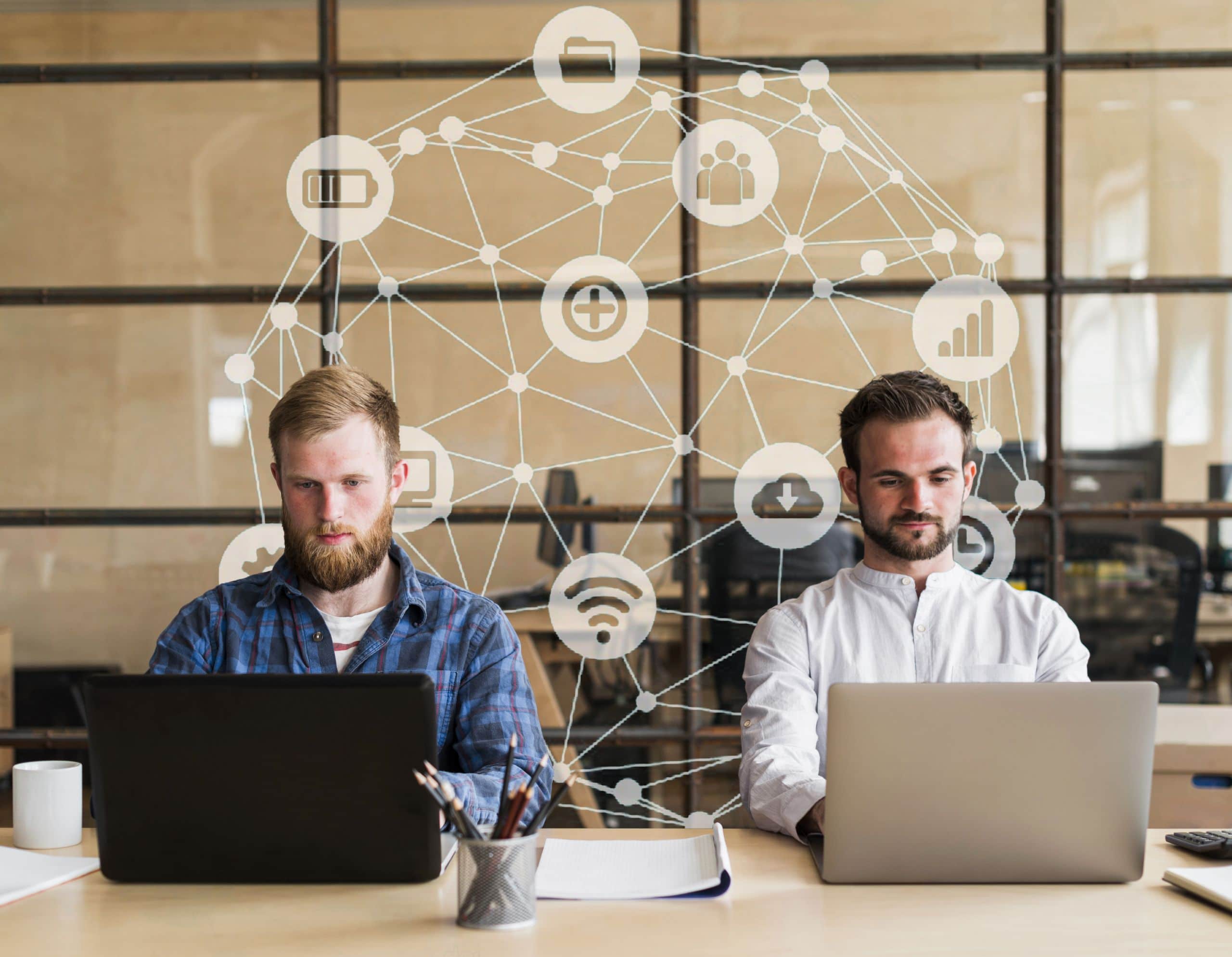

On the other hand, in E-Learning, the main advantage is the possibility that the contents are available and can be used at any time and place as the student has, with the possibility of establishing a continuous dialogue and collaboration relationship between students and teachers.
The messages are bidirectional and the communication, which can be of the type “one by one”, “one to many”, “many to many”, has the possibility of becoming interactive. Communication can be synchronous or asynchronous. In the first case, students can communicate with the teacher or colleagues through the Internet in real time, both in text (via chat) and audiovisual (for example, Skype). The training is asynchronous, however, in case the students communicate with each other in a delayed way through emails or discussion forums.
Third-generation distance education allows overcoming the barriers of space in time, and a particular strength of it is the great flexibility in learning modes and styles. This implies the possibility of personalizing the training path in light of the specific skills and objectives that must be achieved for each student, including those who find themselves in situations of disadvantaged conditions.
Despite the many advantages outlined so far for e-learning mode, it is not a foolproof method. Some obstacles may be related to technological problems such as the ability to access the internet, the speed of data transmission, computer skills of users, such as the ability to use a graphical interface, the ability to process texts through writing programs video or to save and store files. This last aspect represents a limit of particular interest, since it is related to the specific skills of each student or teacher.
As all the media and educational authorities in Panama have emphasized during this pandemic, schools immediately ventured into platforms that allowed distance communication between teachers, students, caregivers, and campus administrative staff. However, many private schools, as well as the public education sector, were not prepared to take this turn so suddenly.
This has been a very different experience from any previous situation, however, it is important that all efforts made during this period are not forgotten and abandoned at the end of this global emergency. Let’s learn from what happened, try to assimilate and structure the work done in a more effective and conscious way, in order to establish in Panama a mixed teaching method that can provide tools more appropriate to the needs of each student.
